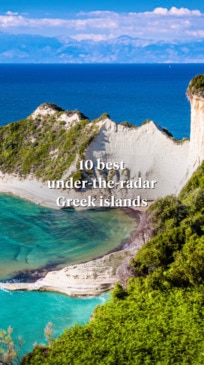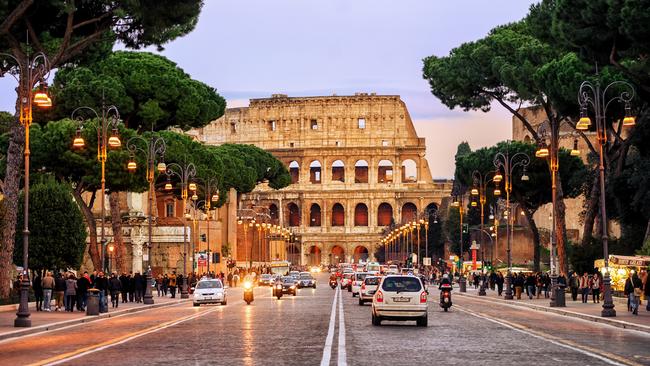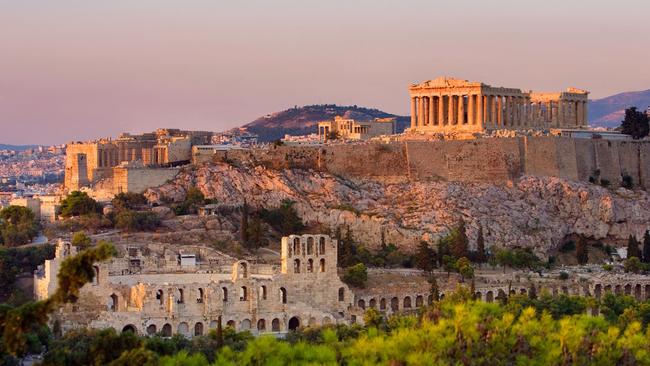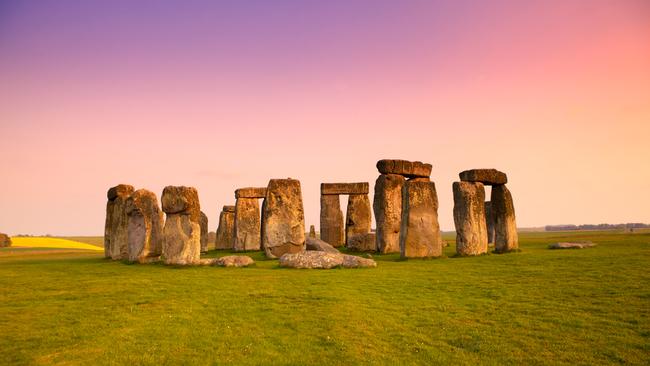The Colosseum tops my list of attractions you're better off seeing from the outside
Not all major attractions are worth going into. In fact, some are better viewed from a distance.

Lifestyle
Don't miss out on the headlines from Lifestyle. Followed categories will be added to My News.
I’m walking around the Colosseum in Rome, watching hundreds of other tourists doing the same, trying to imagine pivotal moments from the amphitheatre’s past, such as the time Russell Crowe defeated Tigris of Gaul in hand-to-hand combat in Gladiator in 2000, when I begin to wonder why I’ve bothered.
The truth is that the Colosseum, like many ancient monuments, looks better from the outside (where you can truly appreciate the drama of its ancient stone girdling) than from within (where you’re surrounded by travellers following tour guides waving umbrellas, all snapping to a sudden path-clogging halt).

One small advantage of visiting the interior of a classical ruin is that you can read the captions on the signboards that put the building into its historical context but since most museum captions in Rome make no sense at all, you might as well stay outside.
In fact, you’d be best advised to avoid the Colosseum altogether during the day. Its breathtaking scale and timeless grandeur are best appreciated at night, when spectral projections of gladiators are beamed between the arches and most other travellers are happily tucking into their pizza, pasta and tiramisù.

One great advantage of the Colosseum is that it’s easy to reach, smack in the middle of the city at street level near the Roman Forum. By contrast, the Parthenon in Athens sits on top of a 156m-tall hill. This means it can be seen from miles around – including, spectacularly, from the rooftop infinity pool of the Grand Hyatt hotel, where you can sit with cocktail in hand and admire the distant Doric and Ionic columns, just as the Ancient Greeks couldn’t because they had neither eight-storey hotels nor Margaritas.
The winding path up to the Parthenon is not particularly steep, but the climb takes about 20 minutes and can feel a lot longer on a sweltering summer afternoon. When you reach the site, there’s nothing much to see that’s not visible from the outside, as almost all the good stuff has been stolen by the British and can be viewed with no effort at the British Museum in London.

Speaking of which, the United Kingdom is also home to many places that look better from the outside, most of which are ruined castles. This is because castles were often built in medieval times but repurposed as mansions in later centuries, when additional wings were tacked on to the original fortresses. In castles where only the newer structures remain intact – such as Kenilworth, in Warwickshire – you should probably save your money and just walk around the walls.
But why even walk when you can drive? Stonehenge on Salisbury Plain is well positioned for drive-by tourism, as it can be seen clearly from the A303, which runs between Basingstoke and Honiton. In fact, Stonehenge’s location causes regular traffic jams as there’s nowhere to park nearby and so many motorists slow down to take a better look.

This has only been a problem since June 2014, when the A344, which used to run right next to Stonehenge, was closed in order to “restore dignity” to the stones.
There is no interior to Stonehenge; it’s a circle of big stones standing around more big stones. Yet people still want to get close enough to touch the stones (which is not allowed). And, like the stones, the visitors are best seen from the A303.
There are many theories as to the origins of Stonehenge, but as a historian myself (albeit specialising in the Vietnam War) I can state with some confidence that it was a roundabout for dinosaurs. And I don’t need to go inside to read the caption to figure that out.
More Coverage
Originally published as The Colosseum tops my list of attractions you're better off seeing from the outside




